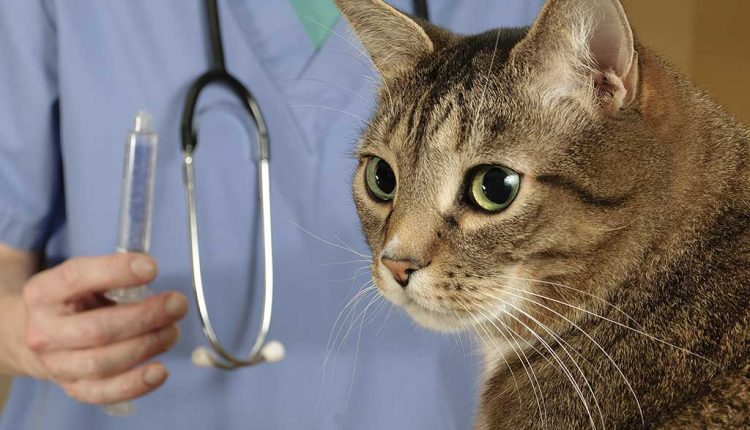Common Diseases Your Cat Might Be Facing
Cats are sensitive feline creatures and the slightest things can make them fall ill. Most of cats’ illnesses have distinctive symptoms. Knowing these symptoms well can enable you to understand what might be wrong with your fuzzy friend so that you can help them with the right treatment. From viruses to worms, there are so many diseases that can hit your pet cat and cause them discomfort. Despite of many others, there are a few diseases that occur very commonly among cats. Here are some of them.
Upper Respiratory Infections (URIs)
Upper respiratory infections or URIs are caused when viruses or bacteria take over a cat’s nose, throat or sinuses. Feline herpes and feline calicivirus are the most contagious and common types of URIs. For homes that have many cats or shelter homes, the diseases can pass through shared food, water bowls or sneezing. In addition to the main virus, secondary bacterial infections may also develop within the animal. Stress or overcrowding can be a cause of URIs and cats with flat faces, for example the Persians, are more prone to catching this disease. The symptoms include runny nose, fever, nasal discharge, loss of appetite and rapid breathing. Antibiotics and isolation can help your cat get rid of the disease. It is better to keep your cat indoors to avoid contact with affected cats and maintaining vaccine updates can help boost your cat’s immune system.
Gingivitis
Gingivitis in cats or gum inflammation is caused by plaque residing on the feline’s teeth. This plaque turns into a harder substance called tartar and sticks to the cat’s teeth creating a space between the gums and teeth. The created space causes irritation, reddened gums and difficulty in eating to the animal. The bacteria, if increases, can get dissolved in the bloodstream and affect the kidneys. The best way to avoid gingivitis is maintaining good oral hygiene that includes daily brushing and using special feline formula toothpaste.
Worms
Indoor cats while on their time out can get worms too by eating on infected insects, rodents or coming in contact with contaminated soil. Round worms can enter a cat’s body and travel through the bloodstream to the intestines. Dull coat, loss of appetite, diarrhea, and spaghetti shaped strings in feces or vomits are the symptoms of round worm infestation. Tapeworms get into a cat’s body by feeding on a flea that fed on tape worm eggs. The eggs hatch in the cat’s stomach and stick to the small intestines. Cat’s infested with tape worms will lose weight and suffer from mild diarrhea though a heavy infestation can prove to be fatal for kittens. Oral deworming medicines help get rid of round worm or tape worm infestation in cats.
Urinary Tract Disease
Urinary tract disease affects the cat’s bladder and urethra. The urinary tract infection can be known for blood in the urine and painful urination. The possible causes of a urinary tract disease are dehydration, cystitis, bacterial infection or high ash and mineral content in dry cat food. With the proper medication and change in diet and nutrition, your cat will be fine within 10 days. These diseases occur most commonly in cats and cause extensive discomfort to the animal so keep an eye open for the symptoms to make sure your fuzzy friend is in good health.


